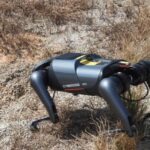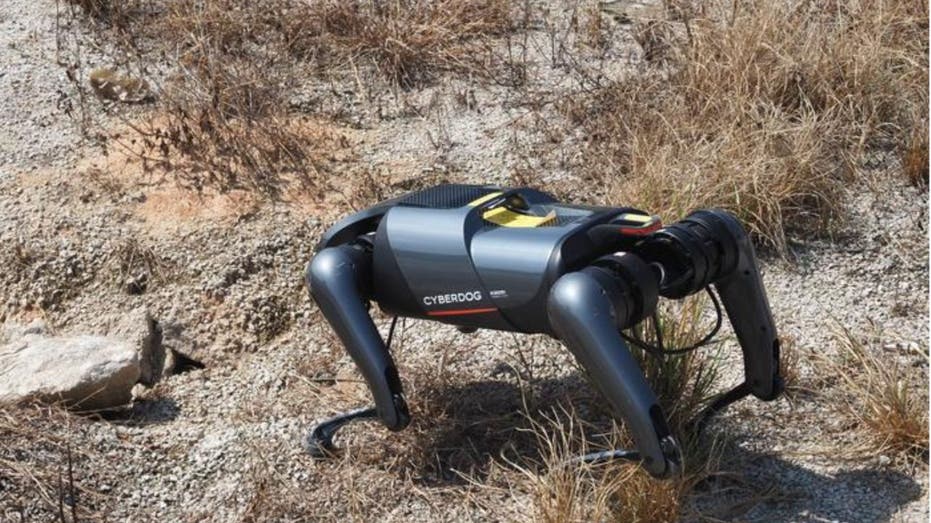Imagine strolling through a sunny park, only to be jolted by the painful bites of fire ants swarming your feet. These small pests are more than a mere annoyance; they threaten ecosystems and economies alike. Fortunately, an innovative solution is on the horizon: robotic dogs powered by artificial intelligence.
The Rise of CyberDog: A New Ally Against Fire Ants
Researchers from China and Brazil have developed a groundbreaking robotic dog named CyberDog, specifically engineered to seek out fire ant nests. This remarkable robot utilizes advanced AI algorithms to identify red imported fire ants, which are notorious for their destructive impact on various ecosystems worldwide. CyberDog boasts an impressive capacity to locate three times more nests than human inspectors, all while achieving greater accuracy.
Understanding the Impact of Red Imported Fire Ants
Though diminutive in size, red imported fire ants have a significant and detrimental impact. Initially native to central South America, these aggressive ants have established themselves across the United States, Australia, and parts of Asia, wreaking havoc on local environments. In the United States alone, they contribute to an estimated $6 billion in annual losses, primarily due to diminished agricultural yields and damage to farming equipment.
Harnessing AI for Effective Pest Management
Recent research published in the SCI journal Pest Management Science highlights how CyberDog, equipped with a sophisticated AI model, automates the detection and management of red imported fire ants. The research team trained CyberDog using an extensive dataset consisting of over 1,100 images of fire ant nests, achieving a remarkable detection accuracy of over 90%.
When CyberDog suspects a nest, it uses its paw to poke it. This action triggers a defensive response from the worker ants, confirming the presence of an active nest. This distinct technique allows scientists to differentiate between active mounds and those that may be abandoned or inhabited by other species.
Engaging Communities and Raising Awareness
Beyond its practical applications, CyberDog serves an educational purpose as well. Zheng Yan, a researcher involved in the project, notes that the sight of robots tracking fire ant nests can captivate public interest and heighten awareness about the dangers of invasive species. By engaging local communities, scientists aim to promote understanding and encourage proactive measures against ecological threats.
Overcoming Challenges: Battery Life and Cost
Despite its impressive capabilities, CyberDog faces certain challenges. Currently, its battery lasts about 30 minutes, limiting its operational time in the field. Additionally, the cost of more advanced models can be prohibitive. However, as technology advances and production costs decline, robotic solutions like CyberDog are likely to become more accessible and widely adopted in pest control efforts.
A New Era of Ecological Defense
The development of CyberDog exemplifies how technology can be harnessed to address ecological challenges in innovative ways that benefit both nature and society. As the threat from invasive species grows, AI-powered robots could emerge as our allies in preserving ecosystems.
Would you be open to having robotic dogs patrolling your local park to detect fire ants? Or does the concept of AI-driven pest control evoke unease? Share your thoughts and questions with us.
Stay Informed and Engaged
For more insightful tech tips and security updates, consider subscribing to the CyberGuy Report Newsletter. You can also connect with Kurt on his social channels to stay updated on the latest stories and developments in technology.










